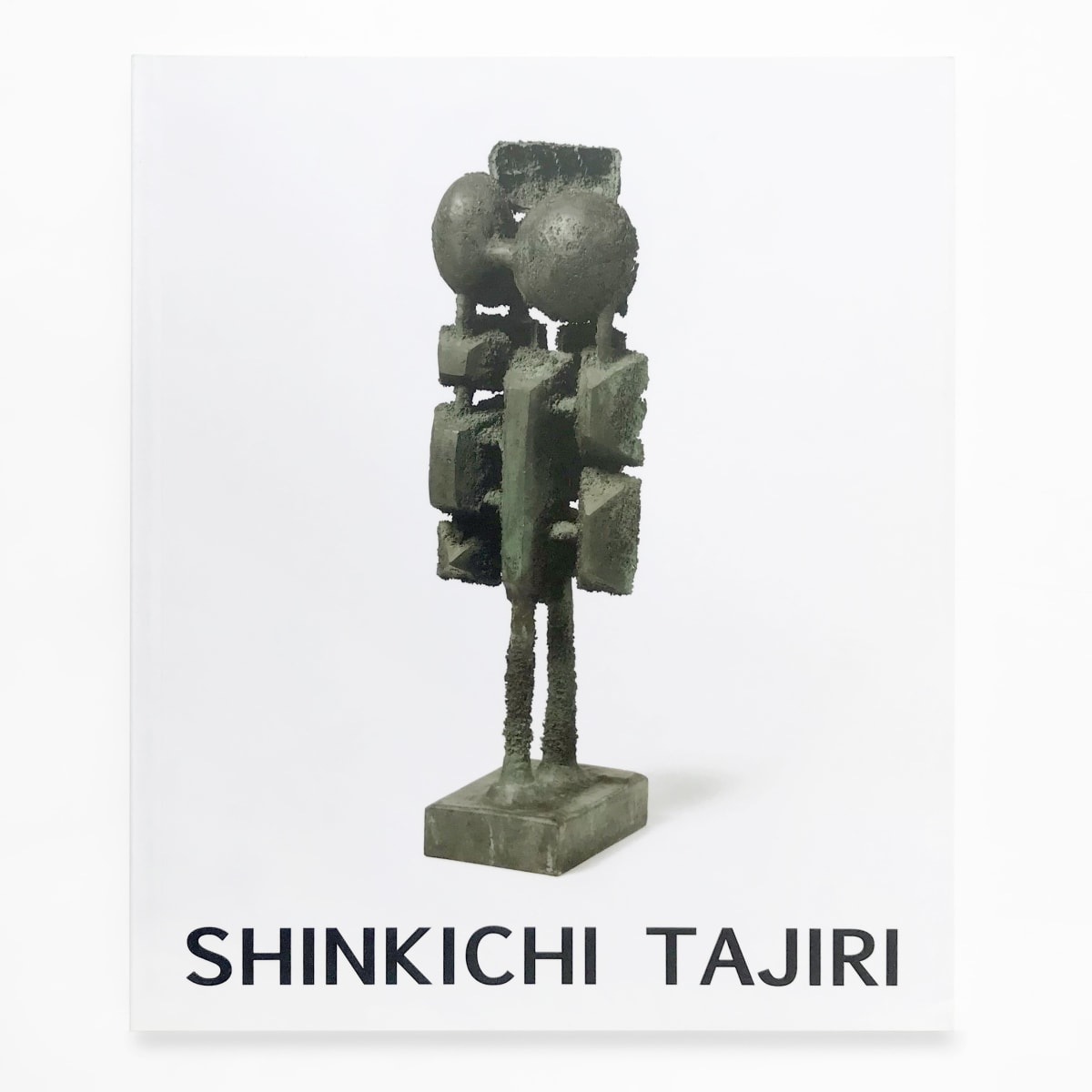SHINKICHI TAJIRI
Shinkichi Tajiri (b. 1923 Los Angeles, USA – d. 2009 Baarlo, The Netherlands) is primarily a sculptor who plays with the themes of violence and eroticism in metal assemblages where he brings loose elements of metal and junk together to form a new coherence. Highly experimental and multicultural Tajiri was a dynamic avant-garde artist whose works figure prominently in modern art museums, public spaces and a number of private collections.
Tajiri was a child of first-generation immigrants to the USA from Japan, and grew up in the U.S. Following the Japanese attack in at Pearl Harbour (on his 18th birthday) the Tajiri family were one of many who were detained in a U.S. internment camp and lost their family home. More to escape the camp than out of Patriotism, Tajiri enlisted in the all-Japanese American regiment of the American Army. His recurrent themes of war and violence were a way for Tajiri to crystalise the horrors he had personally experienced.
In 1949 he moved to Paris and studied with Ossip Zadkine and Fernand Léger. He met Karel Appel and Corneille in Paris and showed at the 1949 CoBrA exhibition at the Stedelijk Museum, Amsterdam. He married the Dutch artist Ferdi in 1957 and moved to The Netherlands where he settled with his family and was later granted citizenship.
The Mayor Gallery brings together a cross-section of his sculptures; examples dating from 1955 to 1963 are on show. Victory 1955, Untitled 1958 and Obit 1961 are typical examples from that period. The two main themes of Knot and Warrior are represented, both forms are dynamic and immediately recognizable. The Warrior is a grotesque representation of war, a human/technological hybrid it is a fragile figure under the armour plating. Tajiri plays with forms where abstraction and figures hold each other in an ambivalent equilibrium. The constant reference to erotica comes to light in varying degrees of explicit expression. The small sculpture Fortress made in 1963, a peepshow on a pillar, is tender and touching as well as formidable example.





